Brick Weed: What It Is And How It’s Made
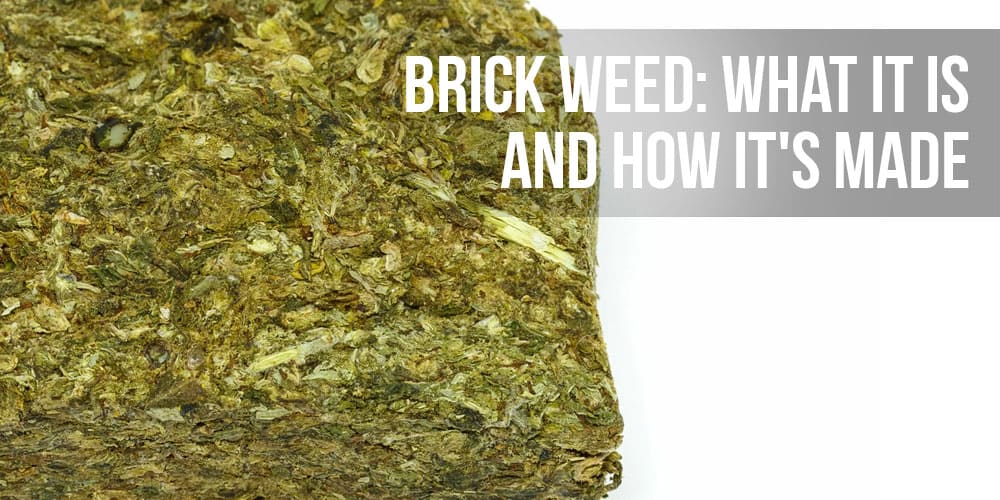
Brick weed, a term familiar to both seasoned cannabis enthusiasts and novices alike, refers to a particular form of cannabis characterized by its dense, compacted appearance. This type of cannabis often finds its way into the market due to its affordability and accessibility. However, understanding what brick weed is and how it’s made provides insights into its quality, potency, and effects.
Brick Weed
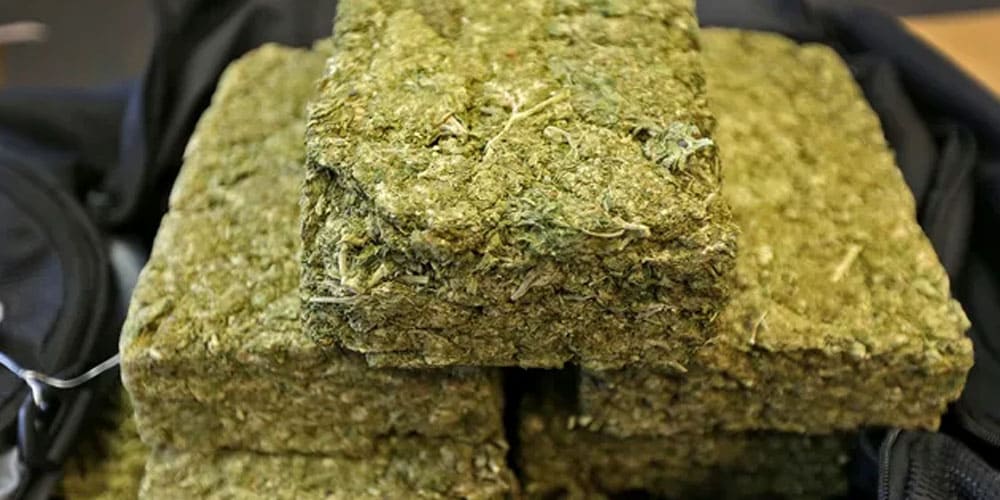
The name “brick weed” aptly describes its appearance, resembling tightly compacted bricks due to its transportation and distribution method. To facilitate ease of transport and concealment, the cannabis is compressed into dense blocks, often wrapped in plastic or other materials. This compression process ensures the preservation of the product’s shape and conceals its contents from prying eyes during transit.
Despite its widespread availability in different regions, the quality of brick weed can vary considerably. This variability has sparked debates within the cannabis community regarding its desirability and value. While some enthusiasts appreciate the accessibility and affordability of brick weed, others criticize its potency and flavor, citing concerns about potential contamination and degradation during the compression process.
Ultimately, the perception of brick weed depends on individual preferences and priorities within the cannabis community. While it may not always meet the standards of premium-grade cannabis, brick weed remains a viable option for consumers seeking a budget-friendly alternative. As with any cannabis product, it’s essential for consumers to exercise discretion and diligence when making purchasing decisions to ensure a safe and satisfactory experience.
Elevate your experience with APE GOLD Sauce Cartridge, a great aid for productivity. Enjoy potent, long-lasting stimulation and euphoric effects that keep you going. Indulge in its flavor, with hints of exotic fruits, enhancing your vaping journey.
The Origins of Brick Weed
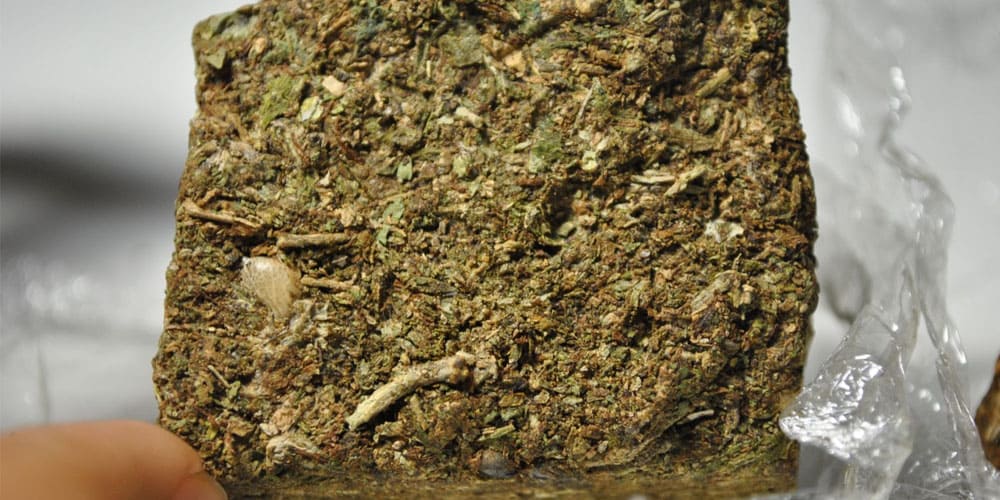
The roots of brick weed can be traced back to regions known for flourishing cannabis cultivation, notably countries like Mexico, Colombia, and Jamaica. In these areas, brick weed has become a staple product, primarily due to its practicality and convenience for transportation across international borders. Its creation is a response to the need for efficiency in smuggling operations, where minimizing the risk of detection is paramount.
Brick weed is a product of necessity in regions where cannabis cultivation thrives. Its formation is a result of the desire to optimize the transportation of cannabis across borders while minimizing the likelihood of interception. By compressing the cannabis into dense bricks and wrapping them in materials to conceal their contents, smugglers can facilitate the movement of large quantities with relative ease and discretion.
Despite its utilitarian origins, brick weed has garnered a reputation for its mixed quality and potency among consumers. While it remains a prevalent option in certain markets due to its affordability and availability, enthusiasts often seek higher-quality alternatives. Nevertheless, its significance in the history of cannabis smuggling and distribution cannot be understated, reflecting the ingenuity and resourcefulness of those involved in the trade.
How It’s Made
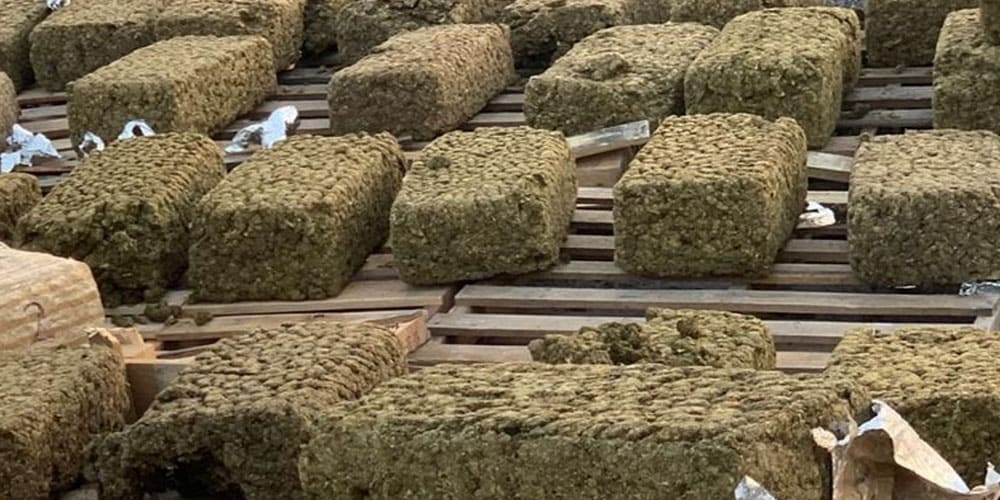
The creation of brick weed commences with the harvesting of cannabis plants, typically conducted in large-scale outdoor or greenhouse operations to meet demand. Following the harvest, the plants undergo essential stages of drying and curing, pivotal processes that influence the final product’s quality and potency. Proper drying and curing techniques are crucial for preserving the plant’s desirable attributes and minimizing degradation.
Once the cannabis plants have been adequately dried and cured, they are trimmed to remove excess leaves and stems, leaving behind the prized flowers, known as buds. These buds serve as the focal point of the brick weed production process, containing the highest concentrations of cannabinoids and terpenes responsible for the plant’s effects and aroma.
Subsequently, the trimmed buds are subjected to further compression to achieve the distinctive brick-like shape associated with brick cannabis. This compression process is achieved through various methods, ranging from hydraulic presses to manual techniques, depending on the scale of production and available resources. The tightly packed bricks are then carefully wrapped and prepared for distribution, ensuring their preservation during transit and storage.
Indulge in PURPLE PUNCH live resin sugar diamonds, a premium cannabis concentrate crafted from the renowned Indica Purple Punch strain. Experience its heavy body effects and sweet fruity flavor in every hit.
Factors Influencing Quality
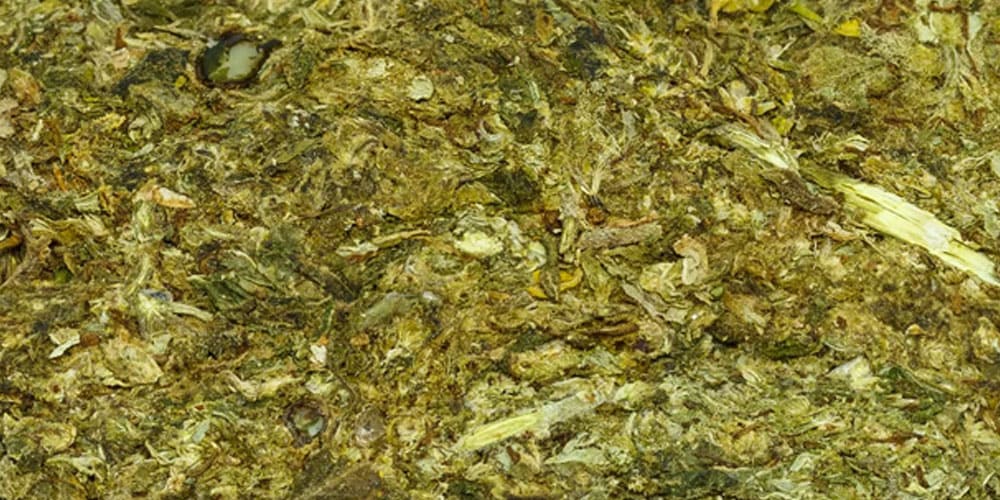
The quality of brick weed is influenced by various factors, starting with the selection of cannabis strains used in its production. High-quality brick weed is typically crafted from premium cannabis strains cultivated under optimal conditions, resulting in buds that are both potent and flavorful. The careful selection of strains ensures that the final product maintains desirable characteristics, such as potency and aroma.
In addition to strain selection, the processing methods employed play a crucial role in determining the quality of brick cannabis. Proper curing techniques and minimal handling are essential to preserve the integrity and potency of the flower. By carefully drying and curing the cannabis buds, producers can enhance their flavor profile and ensure a smooth smoking experience for consumers.
Conversely, lower-quality brick weed may be the result of inferior cannabis strains or substandard processing practices. Inadequate curing methods, excessive compression, and improper storage conditions can all contribute to a decline in quality. As a result, the potency of the final product may be compromised, and undesirable flavors may emerge, detracting from the overall smoking experience.
Impact on Cannabis Culture
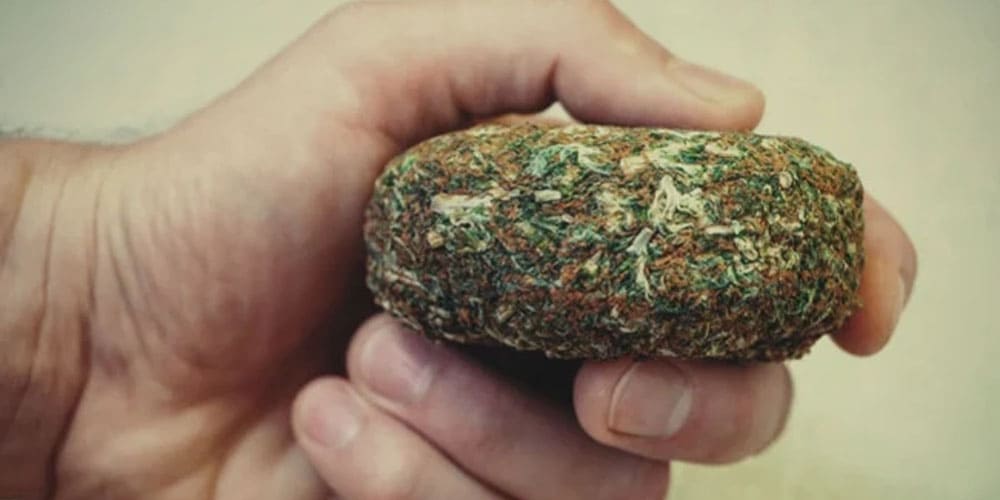
Brick weed holds a distinctive place within the tapestry of cannabis culture, harkening back to a time when access to high-quality weed was scarce. As a relic of bygone eras, brick weed serves as a tangible reminder of the challenges faced by cannabis enthusiasts in procuring their preferred substance. Despite the evolution of cultivation techniques and the legalization of cannabis in many regions, the legacy of brick weed endures, preserving a piece of cannabis history for future generations.
While modern advancements have ushered in an era of premium-grade cannabis products, brick cannabis maintains a steadfast presence within the cannabis community. Its enduring popularity is fueled by a sense of nostalgia among connoisseurs and collectors, who view it as a cherished relic from the past. For many, the sight and smell of brick weed evoke fond memories of clandestine encounters and shared experiences, fostering a sense of camaraderie among enthusiasts.
Beyond its nostalgic appeal, brick weed serves as a testament to the resilience and ingenuity of individuals within the cannabis culture. In an era of legal restrictions and societal stigmatization, enthusiasts relied on resourcefulness and creativity to obtain their desired product. The enduring presence of brick cannabis in today’s landscape serves as a tribute to the perseverance of those who paved the way for the modern cannabis industry, embodying the spirit of defiance and innovation that defines cannabis culture.
Set off on a sensory journey with our Wild Berry Mix 10 Cannabis-Infused Gummies. Each pack contains 10 exquisite gummies, blending natural flavors with moments of joy and relaxation. Indulge guilt-free with these treats, crafted to be all-natural, non-GMO, vegan, fat-free, and gluten-free.
The Future of Brick Weed
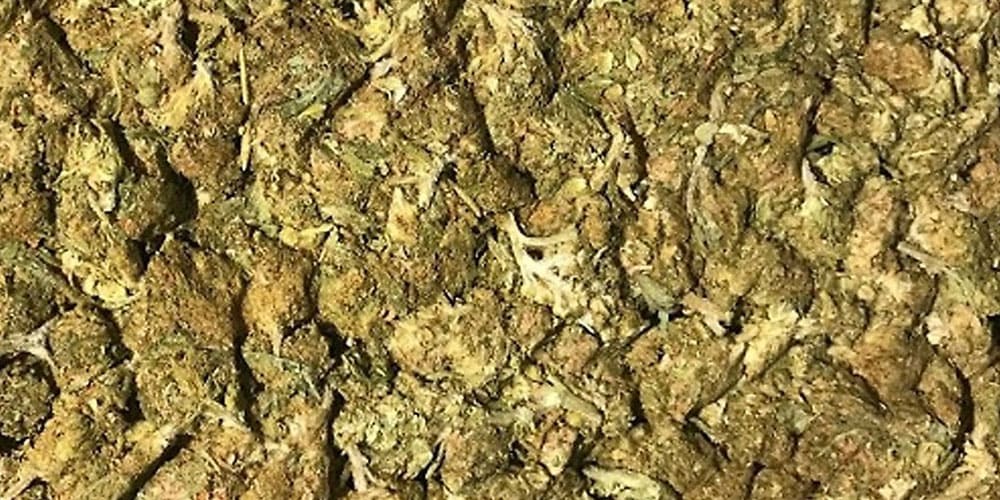
While brick weed has its place in the cannabis market, its future may be influenced by various factors, including legalization efforts, technological advancements, and shifting consumer preferences. As more regions legalize cannabis for recreational and medicinal use, consumers gain access to a broader range of products, including premium flower, concentrates, edibles, and topicals.
In response to changing consumer preferences and market dynamics, some producers may opt to phase out brick weed in favor of higher-quality offerings. However, for consumers seeking an affordable and accessible option, brick weed may continue to hold appeal, especially in regions where other cannabis products are less accessible or cost-prohibitive.
In conclusion, brick weed remains a recognizable fixture in the cannabis landscape, offering consumers a budget-friendly option for recreational and medicinal use. While its quality and potency can vary, understanding the factors influencing its production and market dynamics provides valuable insights for both consumers and producers alike. As the cannabis industry continues to evolve, the future of brick weed will undoubtedly be shaped by regulatory changes, technological advancements, and evolving consumer preferences.















